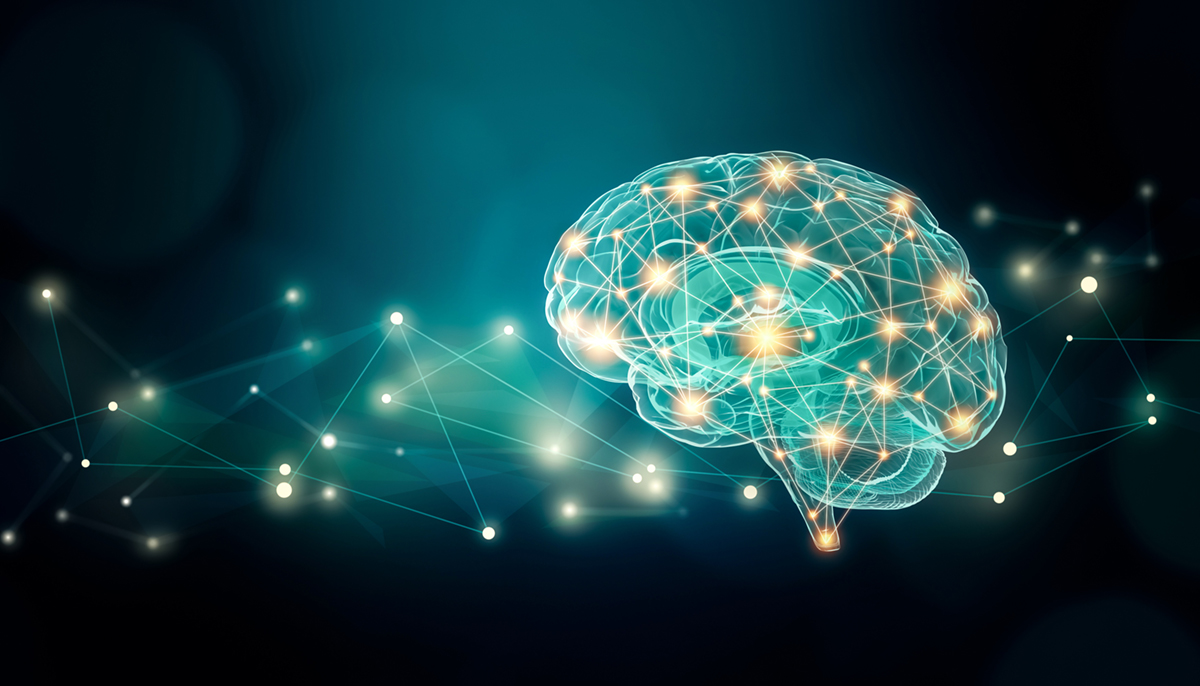Creativity and Imagination
Unlocking the Power of the Mind: Creativity and Imagination
Most of us think about creativity and imagination in relation to the arts, such as writing, theater, or fine art.
However, creativity and imagination play a role in virtually all vocations and hobbies. The two terms are different, even if they do often get mentioned in tandem. Imagination involves simulating mental pictures, new ideas and concepts, and sensations without input from the senses. Creativity, on the other hand, involves taking those visualizations and turning them into something new.
Both imagination and creativity are essential to problem-solving and finding workarounds for difficult situations.
Creativity comes from divergent thinking. The good news is that divergent thinking – and thus creativity – can be taught.
Several techniques can boost your ability to think creatively. For example:
- take two unrelated objects, such as a car key and a thimble, and spend five minutes thinking about their possible associations.
- Another exercise involves thinking about alternative uses for everyday items, like using a fork as a comb.
IMPROVING CREATIVITY AND IMAGINATION
It’s a myth that your creativity and imagination are innate from birth. You can improve both in several ways, no matter your age. Some of these methods include:
Meditation: Meditation can help you clear your mind so that you’re more receptive to divergent thinking and less consumed by the distracting minutiae of the average day.
Visualization: Visualization is a part of divergent thinking. Actively practice envisioning different solutions and scenarios to make your mind more flexible and used to creativity.
Your Environment: It’s also helpful to set up an environment that encourages creativity. Adults can set up an environment, perhaps by a window with a scenic view, with creative elements and a calming ambiance.
Creativity can also be useful in keeping your mind sharp and has been shown to have a positive effect on mental health, specifically on reducing stress and anxiety as well as lessening the incidence of depression and loneliness.

